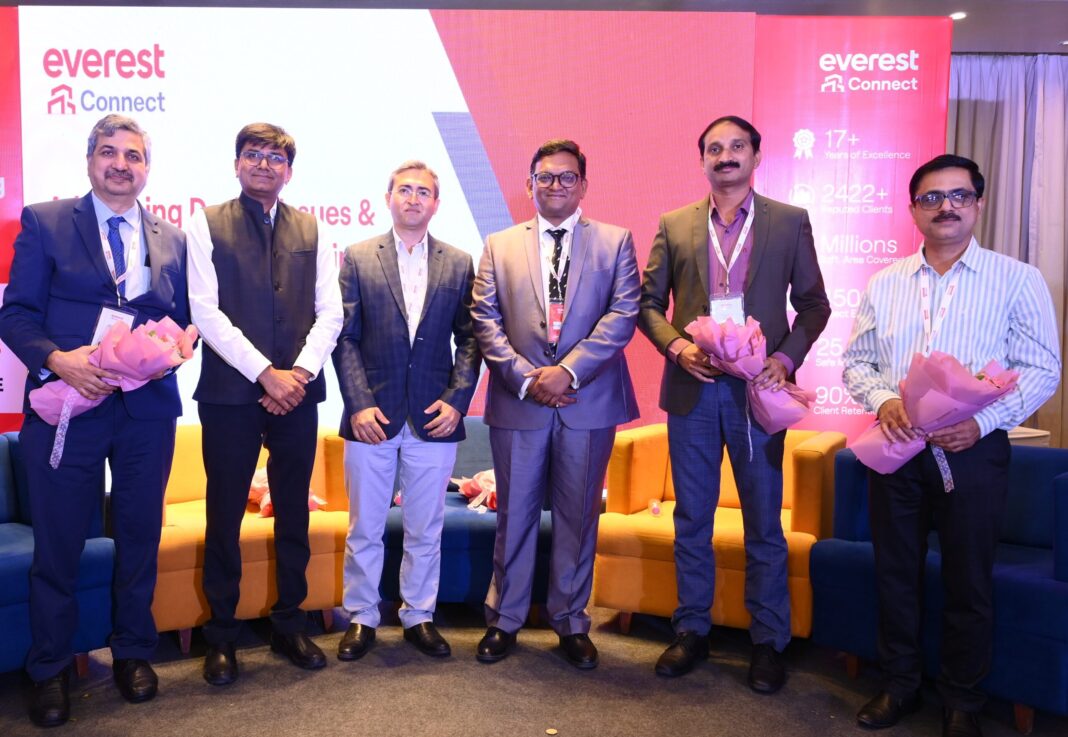The Rise of Pre-Engineered Solutions
Traditionally, construction relied heavily on (RCC), but today, the industry has embraced pre-engineered, pre-fabricated, and pre-cast methodologies. As one of the panelists rightly pointed out, RCC members are now available in pre-cast forms, indicating a shift toward an all-encompassing pre-engineered approach.
A Multi-Faceted Approach
Before finalising specifications for any project, it is imperative to determine the purpose and functionality of the building. This includes understanding the operation and maintenance requirements, the building’s lifecycle, and considering environmental factors.
Structural engineers’ factor in these parameters before defining the design basis. Once this clarity is achieved, decisions can be made regarding roofing materials, structural components, and protective measures.
A Wide Spectrum of Choices
Gone are the days when a single roofing solution dominated the market. Today, PEBs offer multiple roofing and cladding options, including PPGI Sheets, PVC Sheets, FRP Sheets, Screw-Down Systems.
The key is to analyse why, when, what, and how before selecting the most suitable material. Corrosion resistance, ventilation, and lighting considerations also play a crucial role in material selection.
The Art of Layout Planning
While architects play a significant role in factory and industrial layouts, they may not always have insights into wind bracing and expansion joints, optimised ventilation and lighting solutions, and erection and treatment issues in PEBs.
Thus, PEB solutions require an integrative approach where designers, engineers, and contractors work together to ensure optimal functionality without compromising execution feasibility.
Understanding the Distinction
Sricharan Vulchi, VP & Business Head, Everest Steel Building Solutions, highlighted a common misconception— PEBs are not just pre-fabricated structures. He explained that while PEBs are engineered, designed, detailed, manufactured, and installed as an end-to-end solution, pre-fabrication simply involves following consultant-provided drawings without incorporating value engineering.
The Road Ahead
A key takeaway from the discussion was the need for more accountability in contracts. One audience member pointed out that contractors often follow designs without questioning their efficiency, leading to missed opportunities for value engineering.
As the industry advances, collaborative and informed decision-making will play a vital role in maximising PEB efficiency, optimising costs, and ensuring long-term durability. This event reinforced that PEBs are not merely a structural alternative but a holistic engineering solution that revolutionizes modern construction.





